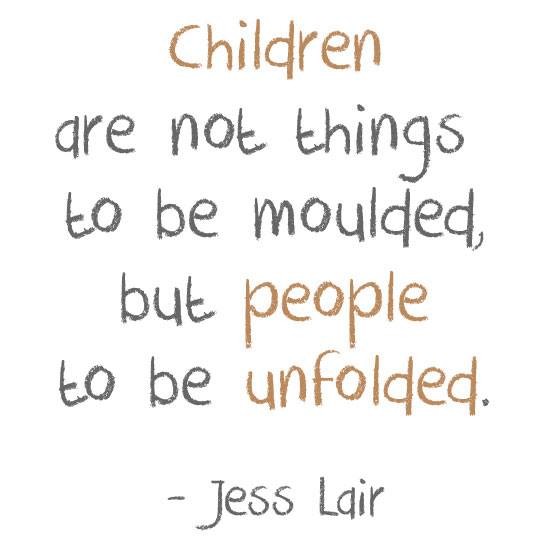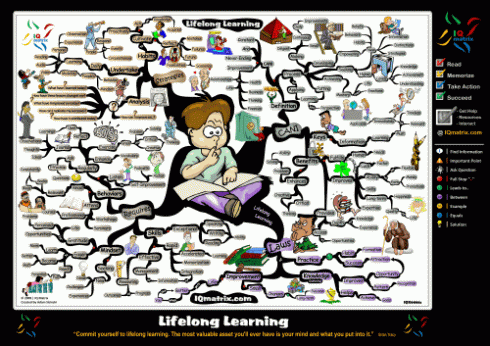As a parent, caregiver or teacher we can’t constantly know nor have a grasp on each website/ digital technology that each individual child is viewing or participating in, especially if you are feeling like a digital immigrant but we can gain insight and make ourselves more digitally aware.
Cyber bullying is a negative use of our new digital age so it is becoming increasingly more necessary to educate our students about the issue and begin prevention technics with all students and children.
Teachers, parents and caregivers need to tackle the issues of cyber bullying collaboratively. Keep an eye on children’s changing behaviour, if they are being withdrawn, this can be a sign of cyber bullying.
Parents, you need to be aware of the websites, apps and channels your children are participating in and viewing. If you are a digital immigrant, then click the link below called ‘Keeping up with your kids online’ to view a tutorial of popular websites and how to parental control your children’s internet viewing.
Teachers, you need to be the adult who is there during the time when the parents are not around. We to need to be digitally aware and become digitally native. Monitor your digital footprint, what are you putting out there? Be the person that students turn to in their time of need. Educate our students on the right ways to use the internet and the effects of bullying.
We do not want children paying the ultimate price, suicide, at the expense of cyber bullying.
Helpful Links
‘Keeping up with your kids online’
http://mediasmarts.ca/tutorial/e-parenting-tutorial-keeping-your-kids-online-activities
‘Bullying, no way’
http://bullyingnoway.gov.au/
Resources
Media Smarts. (n.d). Canada’s centre for digital and media literacy: e-Parenting Tutorial: Keeping up with your kids’ online. Retrieved from: http://mediasmarts.ca/tutorial/e-parenting-tutorial-keeping-your-kids-online-activities
Is your child being cyber bullied?(2014). Retrieved from: http://www.emirates247.com/news/emirates/is-your-child-being-cyber-bullied-signs-uae-parents-need-to-watch-out-for-2014-03-19-1.542156




